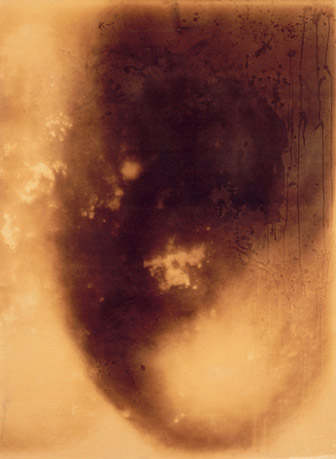Fr : version française / En: english version
Powerful and immaterial
By reason of the terror it inspires, its beneficial properties, dancing forms and changing colors, fire is a major inspiration in the world of myth and legend and fuels the imagination of mankind. Every manifestation of fire—a single spark, an ember, a flame, a blaze, a fireball or a will-o-the-wisp—has its figurative sense.
Fire is intimate and universal
It lives in our hearts and in the skies above. It arises from deep within matter, offering itself with the warmth of love. It burns back down into matter and hides there, latent and pent-up, like hate and vengeance. Fire is alone among natural phenomena in embodying so clearly the two opposing values of good and evil. It shines in Paradise and burns in Hell. It is comfort and torture, hearth and apocalypse. A pleasure for the child seated cautiously by the fire, it punishes the disobedient who play too closely with its flames. Fire is well-being and respect. As a divinity, it is both a guardian and terrible, good and bad. Fire can contradict itself, making it a principle of universal explanation.
Gaston Bachelard, excerpt from the "The Psychoanalysis of Fire."
A quasi-magical phenomenon whose "trick" can be learned by anyone, is it any wonder that people—even artists—play with fire?





























